In charts: Healthcare apps target tech-savvy youth
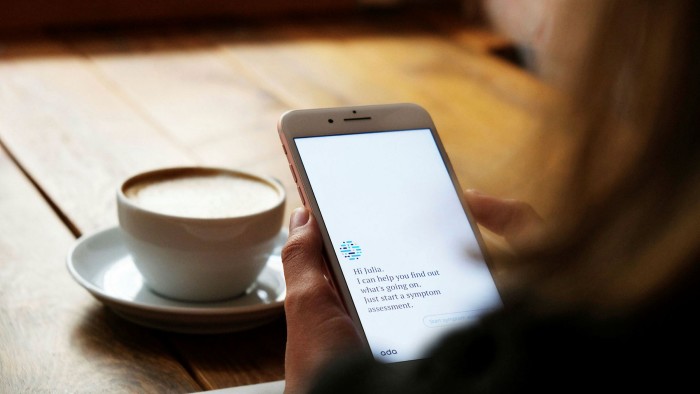
Roula Khalaf, Editor of the FT, selects her favourite stories in this weekly newsletter.
Young people who contract long-term, chronic diseases can face a lifetime of limited care, especially in low-income countries with poor healthcare systems.
As mobile phones become more widespread, health experts are harnessing digital technology to help educate and provide care for this generation. Digital and AI-driven tools can help young people identify and treat conditions early on before they become serious.
“The digital space is where young people are,” says Tanya Accone, senior adviser on innovation at Unicef, the UN’s agency for children. “We need to interact with them where they are comfortable. From an operational standpoint, digital tools can be highly effective in scaling up [healthcare projects].”
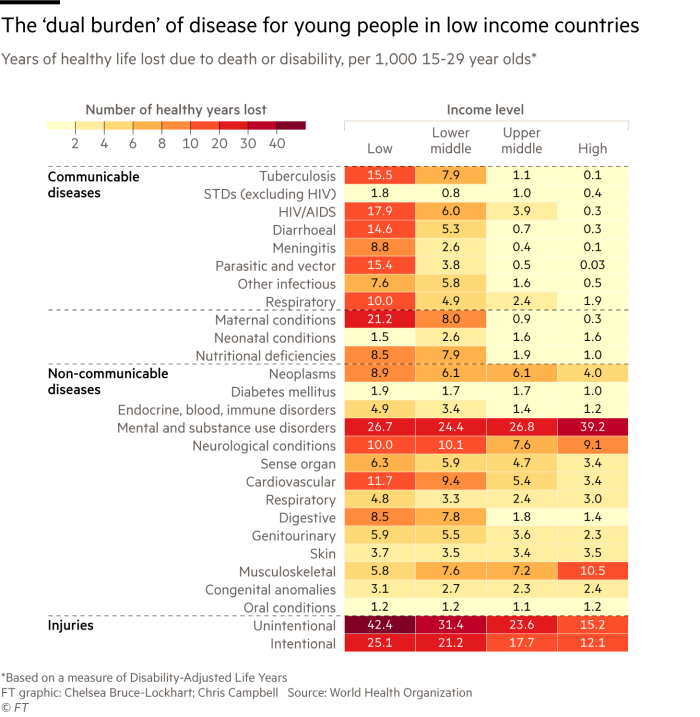
Chronic conditions weigh heavily on communities and the wider economy, especially when contracted at a young age. Not only can they become a drain on healthcare resources, they can also prevent people from entering the labour force or diminish their productivity. In adolescent years, ill health can be detrimental to education, limiting an individual’s potential economic contribution over their lifetime.
Mental health is an area where digital and AI tools have the potential to create immense impact, says Angela Spatharou, a partner at McKinsey, the consultancy. “There is a huge gap in human resources in this field. We don’t have enough practitioners to support the services needed.”
There is just one psychiatrist for every 1m people living in low-income countries, according to the WHO Mental Health Atlas; each year government investments into mental health are as low as 2 cents per person. High-income countries have roughly 127 psychiatrists per 1m people, and invest more than $80 per person.
Ms Spatharou says emerging technologies could be used not only to improve access to existing mental healthcare resources, but could also use chatbots, social media and online cognitive behavioural therapy programmes to identify, treat and prevent conditions such as depression and anxiety.
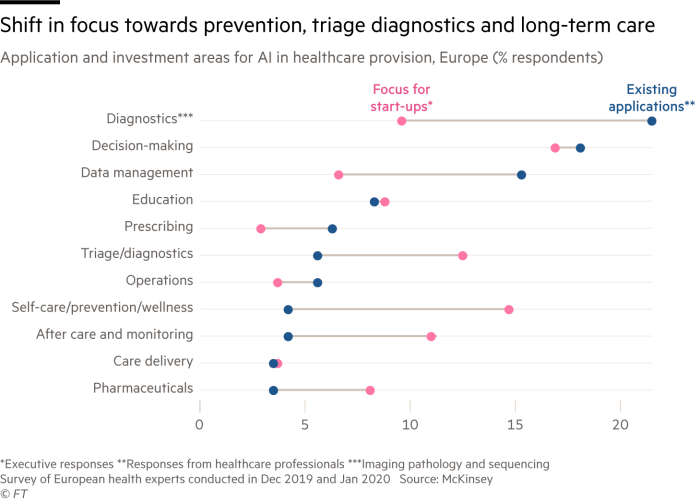
One app targeting mental health is TrustCircle, which was established after recognising the gap in mental healthcare services available for children and young adults in India. Delivered through schools and organisations, TrustCircle uses an online, AI-driven tool that encourages its users to recognise, track and manage their emotions on a daily basis. Any necessary care then needs to be provided to those children separately.
Sachin Chaudhry, founder and chief executive, says the initiative is aimed at “prevention and early intervention” of mental health issues, “not just fixing a problem that exists, but making sure that the problem never exists”.
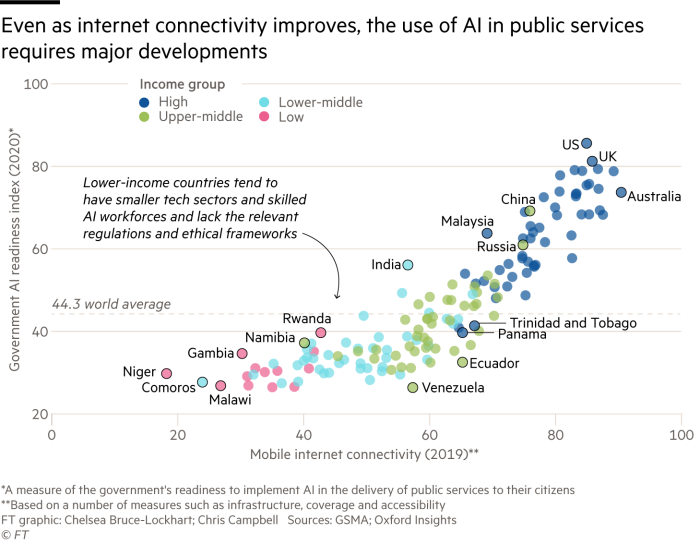
Mobile phones facilitate almost nine in every 10 broadband connections in developing countries, according to data from the UN’s International Telecommunication Union, and the share of people accessing the internet in these regions has risen to nearly 50 per cent. Ada Health, a global company focusing on digital health innovations, seeks to harness this growing network to place more medical knowledge in the hands of individuals.
Ada’s free app, which has almost 10m users, uses an AI-driven “medical reasoning engine” to give statistical probabilities for potential diagnoses, based on a patient’s medical history and reported symptoms. It also suggests how a user might treat the condition or obtain professional help, even if not immediately available.
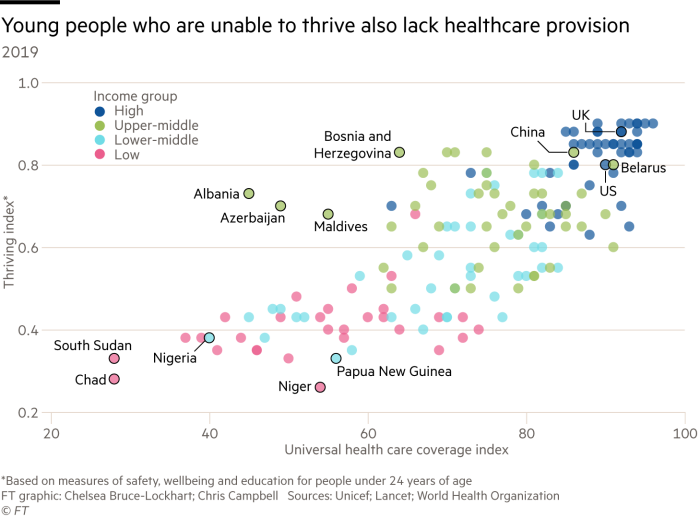
“We cannot compensate for a lack of healthcare delivery,” says Hila Azadzoy, managing director of the Global Health Initiative unit at Ada Health. “Ideally in the future, when systems are more connected, we would then also connect [users] with [healthcare services]. But as a starting point we are empowering people to take agency of their own health.”
While digital tools can reach young individuals who might lack access to in-person healthcare services, a lack of resources and funding for healthcare sectors in low-income countries can limit the likelihood that conditions are properly treated.
“You can’t just have people turn to an app without being able to get them connected quickly to the sort of services they need,” says Ms Accone. “There needs to be a value exchange in these interactions.”
Send us your ideas on how technology can improve healthcare
The Lancet and FT Commission “Governing health futures 2030: growing up in a digital world” comprises independent leading experts who will publish their peer-reviewed report in late 2021. Share your views here.
Read the rest of our Future of AI & Healthcare special report here.

Comments